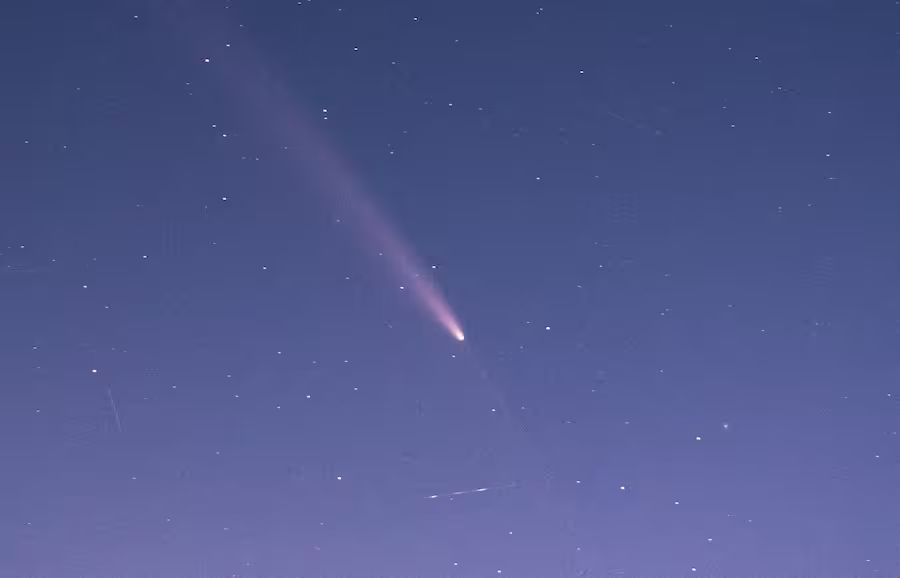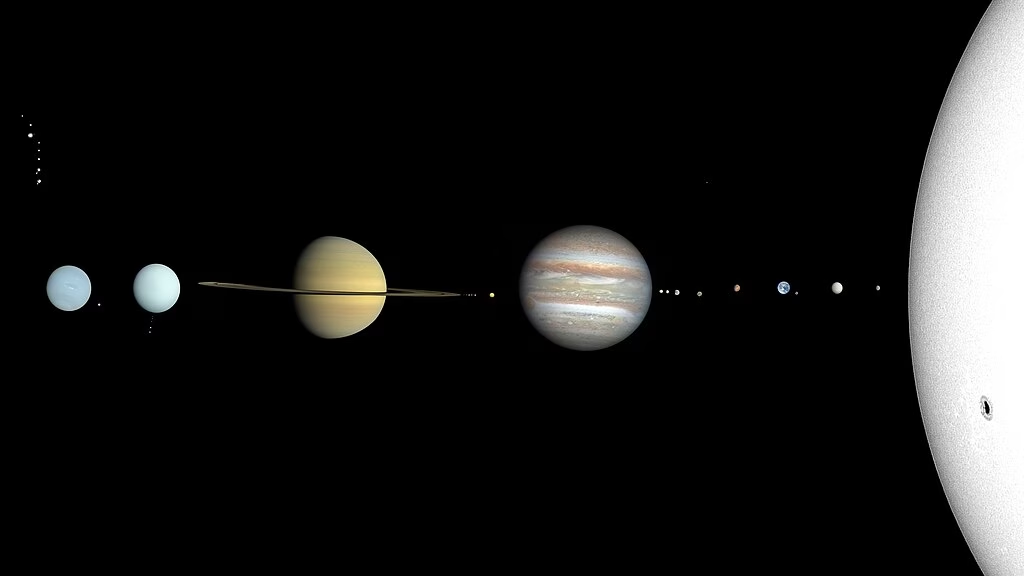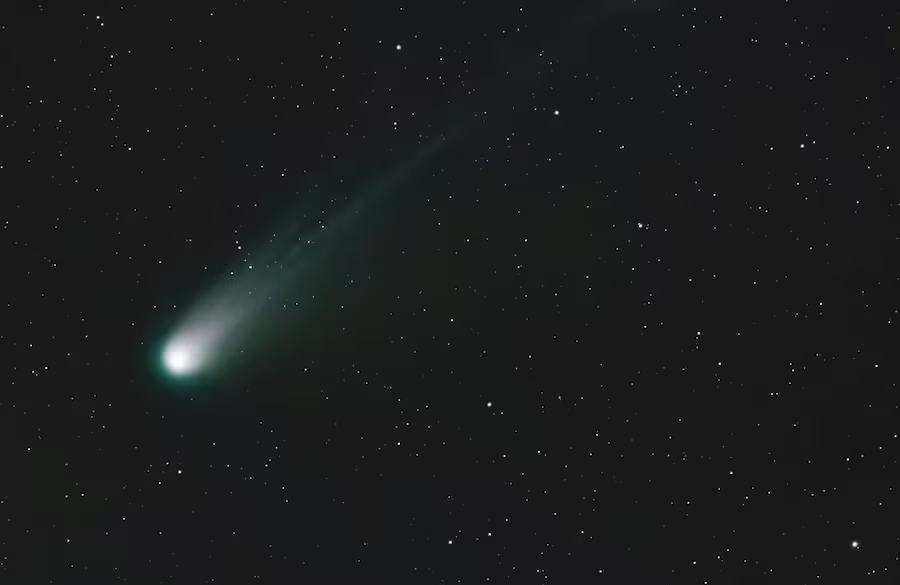Stargazers on Long Island have another reason to look up next week: a newly discovered comet is approaching, and it could be one of the brightest celestial events of the year. Dubbed the “Halloween Comet” for its anticipated visibility around October 31, Comet C/2024 S1 (ATLAS) may put on a show—if it survives its close encounter with the Sun.
The comet, which was first spotted in late September by astronomers at the Asteroid Terrestrial-impact Last Alert System (ATLAS) in Hawaii, is already drawing attention for both its potential brilliance and its fragility. Some astronomers believe it may disintegrate before putting on a spectacle, making this a high-stakes event for skywatchers.
This is a different comet than Comet Tsuchinshan-ATLAS that wowed Long Islanders last week.
A Halloween Comet with a Tight Deadline
Comet C/2024 S1 is classified as a Kreutz sungrazer, a type of comet known for passing extremely close to the Sun. This category of comets is infamous for either producing stunning displays or breaking apart as they approach the solar heat. On October 28, the comet will reach its perihelion, its closest point to the Sun. From that point, observers in the Northern Hemisphere, including those on Long Island, may catch a glimpse just before sunrise if the comet survives the solar pass.
Astronomers predict the comet could become as bright as Venus, potentially even visible in daylight under the right conditions. However, it’s just as likely that the comet could disintegrate entirely before it makes its return to our skies.
Visible Soon, But For How Long?
The next few days will be critical in determining whether this “Halloween Comet” lives up to its spooky moniker. It will make its closest approach to Earth on October 23, offering early risers a chance to spot it in the eastern sky just before dawn. After it rounds the Sun, the best viewing opportunities in the Northern Hemisphere will be from October 29 through November.
Despite its dramatic potential, there are no guarantees. Astronomers like Graham Jones at Timeanddate.com caution that comets are notoriously unpredictable.
“While there’s a chance it could light up the sky, there’s also a significant risk that it will break apart as it nears the Sun,” said Jones.
Alan Cousins, Vice President at Custer Institute and Observatory in Southold, also said in a phone call with SciFiSland.com that there is a chance this whole thing might fizzle. Cousins, an amatuer astronomer with the insitute, said he and the other skywatchers will be waiting to see what happens to Comet C/2024 S1 but they did get a good look at Comet Tsuchinshan-ATLAS last Saturday night.
Check out our story about six observatories on Long Island you can go to scan the universe, including Custer Institute and Observatory.
An All-or-Nothing Celestial Event
If Comet C/2024 S1 manages to survive its solar encounter, it could grace our skies well into December, fading as it moves farther from the Sun. However, its status as a Kreutz sungrazer means it’s living on the edge. Historical examples, like the Great Comet of 1106, suggest that these types of comets can either produce spectacular displays or vanish altogether.
For those hoping to catch a glimpse of the comet, now is the time to mark your calendars. And while it may not stick around for long, its fleeting appearance could be a memorable addition to this year’s celestial events.
Key Dates to Watch for Comet C/2024 S1 AKA Halloween Comet:
- October 23: Closest approach to Earth; visible before sunrise in the eastern sky
- October 28: Comet reaches perihelion, its closest point to the Sun
- October 29 onward: Possible visibility from the Northern Hemisphere before sunrise, if it survives
Staying Safe While Observing
Astronomers recommend observing the comet with binoculars or telescopes before sunrise. However, if the comet becomes visible during daylight hours, it’s important to avoid looking directly at or near the Sun with binoculars or telescopes, as this can cause severe eye damage.
A Blaze of Glory or a Fizzle?
Whether it ends in a dramatic blaze of glory or quietly disintegrates into the void, Comet C/2024 S1 has captured the attention of astronomers and skywatchers alike. With its unpredictable fate still hanging in the balance, this Halloween promises a cosmic treat—or trick—for those watching the skies.





One thought on “‘Halloween Comet’ Set to Dazzle—or Disappear—Over Long Island Skies”
Comments are closed.